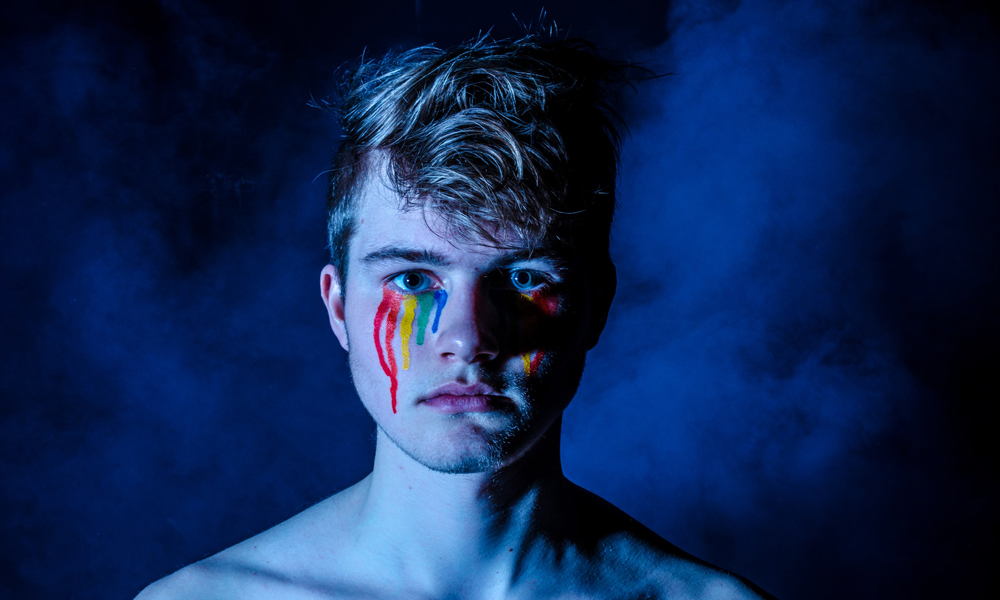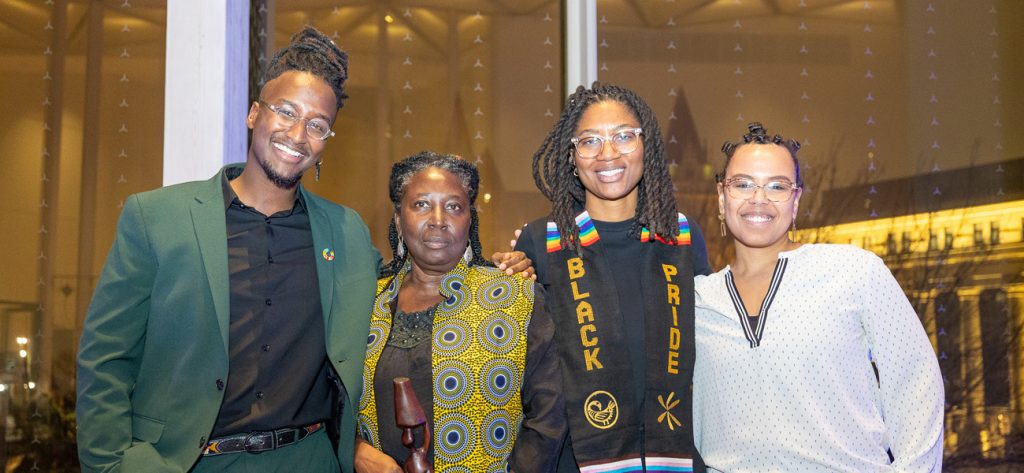Whether sad tears or happy tears, when it comes to matters of the heart, there will be tears…
By Jumol Royes
Do you remember the very first time your heart was broken?
I was in my late teens when I fell head over heels for a friend from school. Struggling to come to terms with my sexuality, the feeling was terrifying and amazing all at the same time. I can still clearly recall the butterflies fluttering around in my stomach when I sat next to him, the scent of his body spray lingering in the air whenever he passed by, and the nervous anticipation I felt as I awaited his phone call or ICQ instant message (how’s that for an old-school throwback?). When we spent time together, I was on cloud nine. When we were apart, I pined for him and couldn’t get him out of my mind.
Unfortunately, my feelings weren’t reciprocated, and I was forced to accept this devastating reality the summer the object of my affection went away. I was completely shattered. One night, at home alone, I found myself listening to love songs curled up on the floor in the fetal position. I cried more tears that night than I had ever thought humanly possible. Think Oprah’s “ugly cry” – only worse, much worse. I wept and sobbed and not even my dog could console me until I was all cried out.
We may know the science behind tears – what they’re composed of and all that – but despite the technical knowledge, emotional crying remains a bit of a mystery. Charles Darwin once opined that emotional tears are “purposeless,” and some scientists still doubt that tears serve any real purpose other than biochemical, like protecting our eyes and clearing them of debris.
However, recent research has found that emotional tears do have bona fide benefits. They’re self-soothing and help reduce stress, they release endorphins and oxytocin (the love hormone associated with hugging and orgasm), they signal vulnerability (a critical component for intimacy and human connection), and they help ease emotional and physical pain. While other species shed tears reflexively in response to pain, we humans are the only life form whose tears can also be directly tied to our feelings.
Whether sad tears or happy tears, or something in between, being human means that from time to time, there will be tears.
I’ve always been prone to emotional crying, and not just when I’ve been brokenhearted because of a boy (when I was sent a memo that read “Real men don’t cry,” I hit “return to sender” and didn’t bother to reply).
I weep tears of compassion when watching a Netflix documentary that bears witness to people who are homeless and seeking shelter and a safe place to call home. I shed tears of gratitude when I realize that the universe is constantly conspiring for my own good, even when I don’t see it or am struggling to believe it. And I cry tears of relief when I finally give in and give myself permission to feel my feelings, especially the unwelcome ones, thereby embarking on the long journey from my head to my heart.
My tears remind me of my humanity and they help me see the humanity in others, too. That’s something I hope I never lose sight of.
A co-worker and good friend of mine openly owns the fact that she’s a crier; it’s one of the many things we have in common. When she was recently interviewed for a local TV show, she shared a touching lesson that her mom had taught her. And her message is one we would all do well to embrace: it might help us rethink our relationship with tears, emotional crying and the purpose they serve.
“Tears are just love squeezing out,” her mom used to tell her.
Moms always know best.
—
JUMOL ROYES is a Toronto-area storyteller, communications strategist and glass-half-full kinda guy. He writes about compassion, community, identity and belonging. His guilty pleasure is watching the Real Housewives. Follow him on Twitter at @Jumol and on Instagram at @jumolroyes.

The Tear Factor
Related Articles
Photo Gallery: The Enchanté Network’s National Black 2SLGBTQI+ Futures Summit
Highlights from Canada’s largest convening of Black 2SLGBTQI+ leaders and movement makers
Travel Your Way To Better Health
Take your love of travel and combine it with a wellness goal – these five types of personal improvement getaways will have you coming home a better you
IN Community: 5 Organizations Offering Support To People Experiencing Intimate Partner Violence
Here are five community resources from the IN Directory that can offer help to 2SLGBTQI+ communities






POST A COMMENT